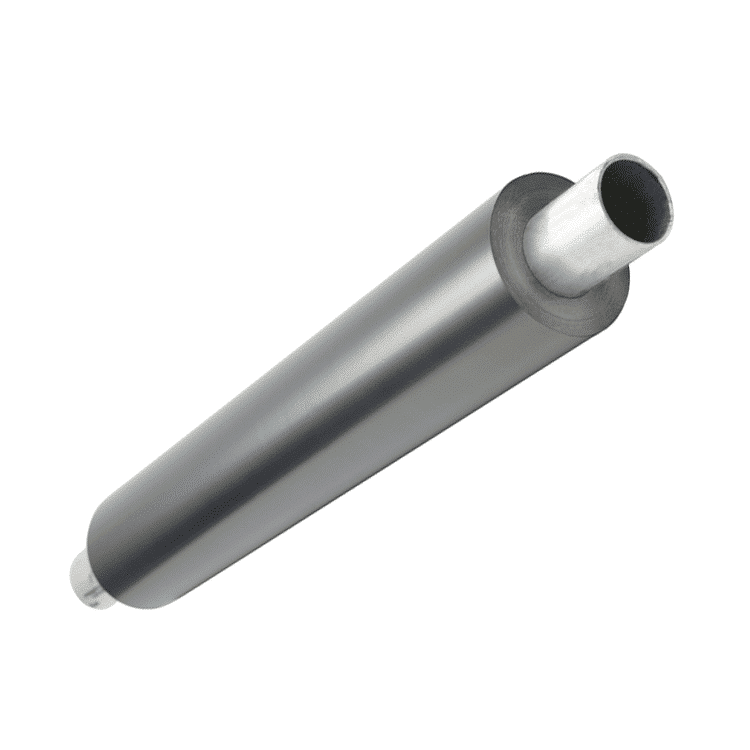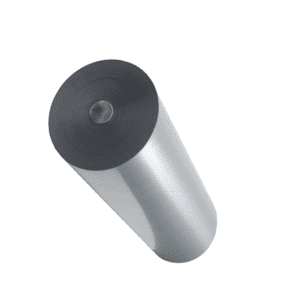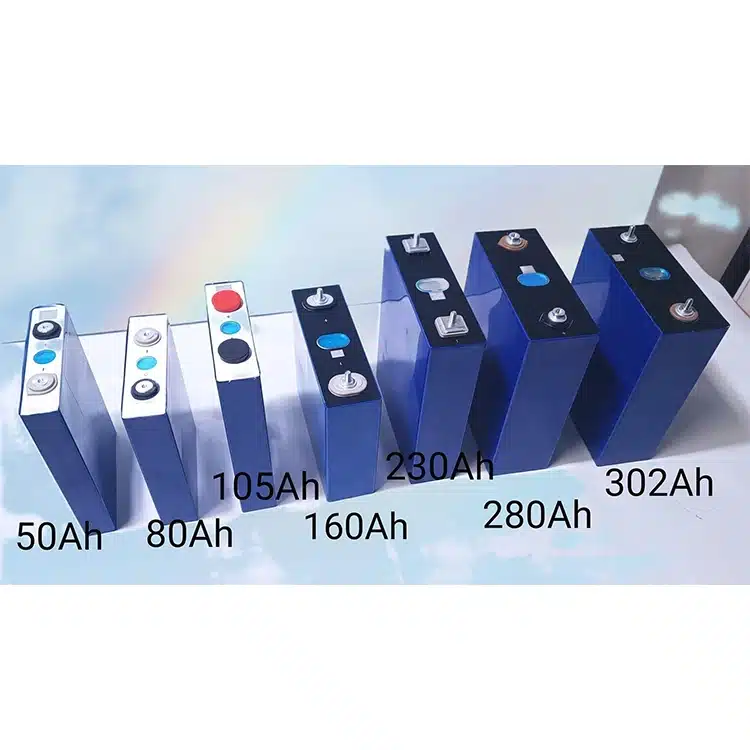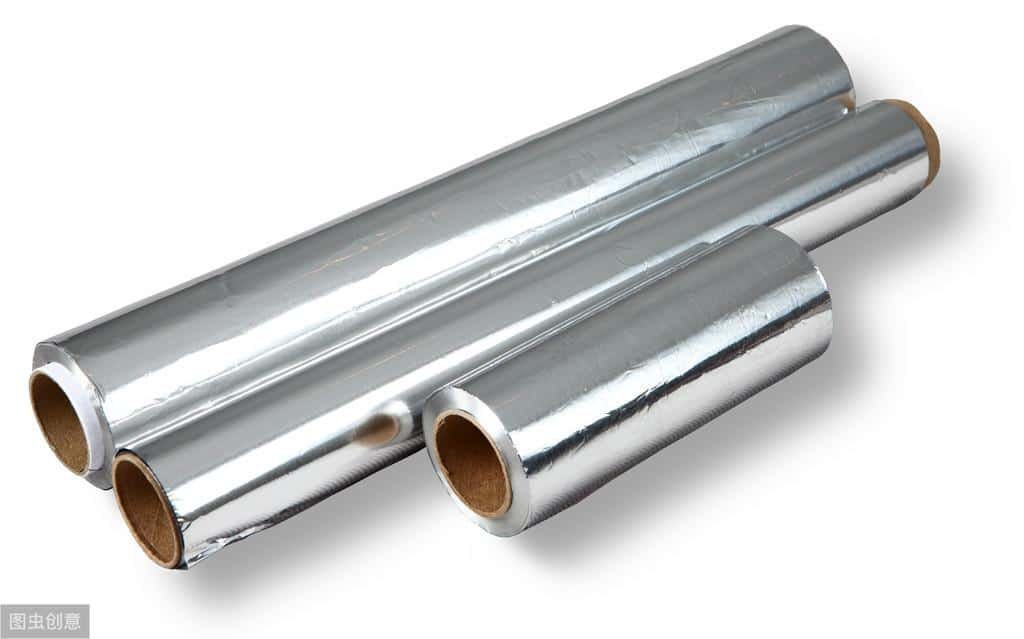Are you tired of constantly running out of battery life on your devices? Look no further! In this blog post, we will present an exciting breakthrough in battery technology – graphene oxide-coated current collector materials – which could revolutionize how your power up devices. By understanding how these materials operate and their incredible potential, soon enough you could say goodbye to low battery anxiety and hello to long-lasting energy!
Introduction to Battery Performance and Current Collector Materials
Batteries play an essential role in our everyday lives, powering devices ranging from smartphones and electric vehicles to portable music players and portable media players. As technology has progressed and we become more reliant on portable devices, the demand for high-performance batteries has significantly increased; however, their effectiveness doesn’t solely rely on what type of active materials were used during construction but also their current collector materials.
Simply stated, a battery’s current collector serves to transmit electrons between its electrodes and external circuit. As such, its performance and efficiency is crucially important; material selection of this component can have major ramifications on factors like capacity, power output, cycling stability and overall cost-effectiveness.
Copper or aluminum have long been popular choices for current collector materials in batteries due to their excellent conductivity and low resistance. Unfortunately, however, both materials do have certain drawbacks that can impede battery performance: copper is susceptible to corrosion in acidic environments found in certain types of batteries while aluminum may oxidize at higher voltages.
Graphene oxide-coated current collector materials offer an ideal solution to this challenge. Graphene oxide (GO), an innovative two-dimensional carbon material with unique properties that make it suitable as a coating on metal substrates, boasting excellent electrical conductivity, chemical stability, lightweightness and flexibility – ideal properties for next-generation battery technology applications.
What is graphene oxide and why can it be an ideal material for battery applications?
Graphene oxide is an artificial form of graphene, an interlaced sheet of carbon atoms arranged hexagonally. As its name implies, graphene oxide contains oxygen-containing functional groups attached to its surface for modification that give graphene oxide its unique properties that make it suitable for various applications, including batteries.
One of the key reasons graphene oxide is considered an attractive material for battery applications is its excellent electrical conductivity. Graphene has one of the highest known electrical conductivities among all materials; when modified into graphene oxide form this property becomes even greater. This allows efficient electron transfer within batteries, leading to improved energy storage and delivery capabilities.
Graphene oxide stands out not only due to its electrical conductivity but also for its large surface area and mechanical strength. Furthermore, the oxygen-containing functional groups on its surface act as anchor points for other molecules or nanoparticles to attach themselves onto, increasing overall surface area available for reactions and making this an excellent material to use as battery electrode material.
Graphene oxide’s strong mechanical properties allow it to resist physical stress and strains that may arise during battery operation, providing increased stability and longevity to electrodes intended for long-term use in batteries.
Graphene oxide in battery applications offers another major advantage by improving charge transport between electrodes and electrolytes, or the fluid components essential for charging and discharging processes. By coating current collector materials with graphene oxide coating, it can enhance charge transfer between electrodes and electrolytes more efficiently during charging or discharging processes.
Coating current collector materials with graphene oxide.
Current collector materials are an essential element of battery technology, serving as the backbone and conducting electrons between electrodes and external circuits. Metallic materials like copper or aluminum are popular choices due to their superior electrical conductivity and mechanical strength.
But as battery research advances, there has been an increased focus on using graphene oxide (GO) as a coating material to increase performance of current collector materials. GO is a two-dimensional nanomaterial consisting of one layer of carbon atoms bonded together in hexagonal lattice structure; its exceptional properties such as electrical conductivity, mechanical strength and chemical stability make it an excellent candidate for covering current collectors.
Coating current collector materials with GO requires multiple steps:
1. Generation of GO Solution: The initial step in producing GO solution involves exfoliating graphite flakes through oxidation to produce individual layers of graphene oxide sheets suspended in water or other solvents.
2. Surface Treatment: Prior to coating a current collector material with the GO layer, proper adhesion and uniform coverage need to be ensured using different techniques such as acid etching or plasma treatment.
3. Coating Process: Once the solution has been prepared, it is then applied onto the current collector material by either dip-coating, spray-coating or spin-coating techniques in order to create an even layer of GO on its surface. These processes ensure a thin and uniform deposit.
Benefits of employing graphene oxide-coated current collector materials in batteries
Graphene oxide-coated current collector materials have seen rapid adoption within battery technology due to their numerous benefits. Here we discuss those advantages of employing graphene oxide-coated current collectors in batteries.
1. Improved Conductivity: Graphene oxide has excellent electrical conductivity, making it an ideal material to coat current collectors in batteries. A thin layer of graphene oxide coat helps facilitate electron flow between electrodes more efficiently for improved battery performance and faster charging and discharging rates; making this an attractive choice for high-powered devices.
2. Increased Durability: Conventional current collector materials can quickly succumb to corrosion and degradation over time, but when coated with graphene oxide they become much more durable against such processes. Graphene oxide boasts superior chemical stability in harsh environments ensuring longer battery lifespans.
3. Lightweight and Flexible: Graphene is known for its light yet extremely strong properties, making it the ideal material to coat current collectors with. By adding only minimal weight to overall batteries while providing structural support and increasing mechanical strength, graphene oxide-coated current collector materials make an ideal addition for portable devices or electric vehicles where weight plays an integral part in overall battery performance.
4. Increased Energy Density: By employing graphene oxide-coated current collectors in batteries, manufacturers can dramatically increase the energy density without increasing size or weight; meaning smaller batteries now store more power and provide longer-lasting sources for various uses.






